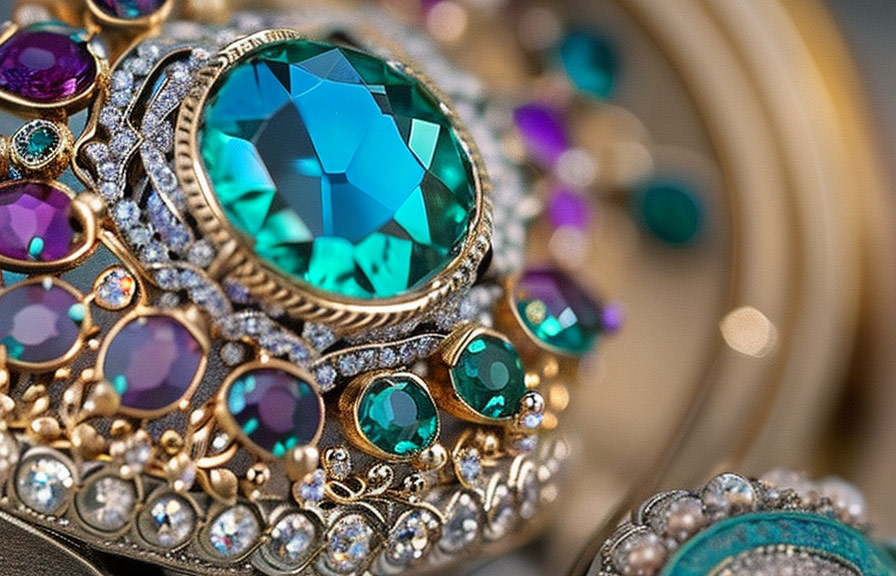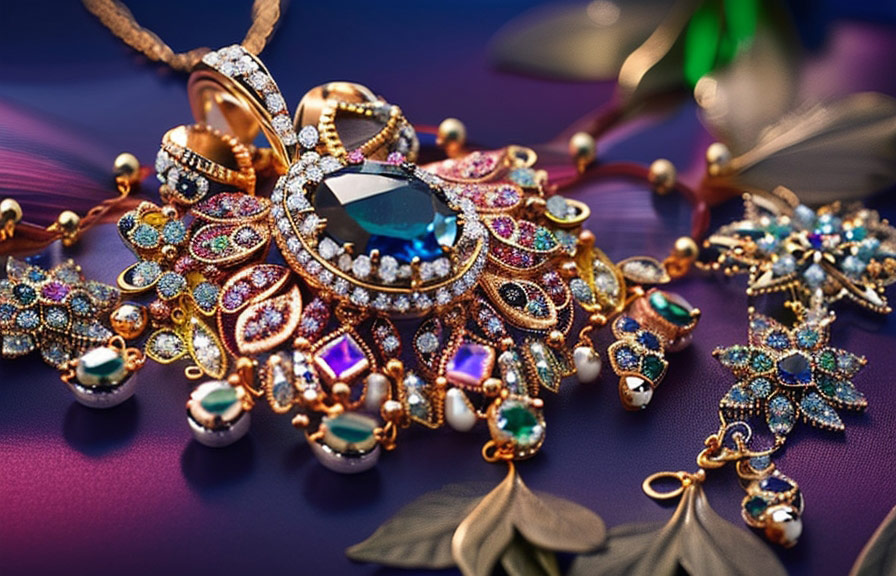Did you know that jewelry photography is one of the most challenging types of product photography? it's true! the small size, reflective surfaces, and intricate details of jewelry make it difficult to capture the true beauty and quality of these precious pieces.
But fret not, as we're here to share our top recommendations for the best cameras, lenses, and lighting techniques to help you showcase your jewelry in all its sparkling glory.

What are the best cameras for jewelry photography?
When it comes to choosing the right camera for jewelry photography, there are a few key factors to consider:
1. Sensor size: a camera with a full-frame sensor is ideal for capturing the highest level of detail in your jewelry shots. the larger sensor allows for better low-light performance and shallower depth of field, which is essential for highlighting the intricate details of your jewelry pieces.
2. Resolution: high-resolution cameras are a must for jewelry photography, as they enable you to capture the finest details and textures in your images. look for a camera with at least 24 megapixels, which will provide you with enough resolution for large prints and close-up crops.
3. Manual controls: full manual control over your camera's settings, such as shutter speed, aperture, and iso, is crucial for achieving the perfect shot in jewelry photography.
Here are our top 3 camera recommendations for jewelry photography:
1. Canon eos 5d mark iv: this full-frame dslr is a favorite among professional photographers, thanks to its 30.4-megapixel sensor, excellent low-light performance, and robust build quality. the 5d mark iv also features a wide iso range, making it a versatile choice for various lighting situations.
2. Nikon d850: with a whopping 45.7-megapixel full-frame sensor, the nikon d850 is an excellent choice for capturing the most intricate details of your jewelry. this dslr also offers a wide iso range and impressive low-light performance, making it suitable for different lighting conditions.
3. Sony a7r iv: this mirrorless camera boasts a massive 61-megapixel full-frame sensor, providing you with an unparalleled level of detail in your jewelry photos. the a7r iv also features in-body image stabilization, which is helpful for handheld shooting in low-light conditions.
What are the best lenses for jewelry photography?
Once you've chosen your camera, the next step is selecting the right lens. in jewelry photography, a macro lens is your best friend. macro lenses allow you to capture close-up shots with a 1:1 magnification ratio, which is crucial for showcasing the fine details of your jewelry pieces.
Here are our top 3 lens recommendations for jewelry photography:
1. Canon ef 100mm f/2.8l macro is usm: this versatile macro lens is compatible with canon full-frame cameras and offers a wide f/2.8 aperture for beautiful bokeh and shallow depth of field. the built-in image stabilization helps to ensure sharp, steady shots even in low-light conditions.
2. Nikon af-s vr micro-nikkor 105mm f/2.8g if-ed: this macro lens is an excellent choice for nikon shooters, featuring a 105mm focal length and a wide f/2.8 aperture. its vibration reduction (vr) technology helps to reduce camera shake, ensuring crisp, clear images.
3. Sony fe 90mm f/2.8 macro g oss: designed for sony full-frame mirrorless cameras, this macro lens offers a 90mm focal length and a wide f/2.8 aperture. the optical steadyshot (oss) technology helps to minimize camera shake for sharp, detailed images.
How to light your jewelry for photography?
Lighting is a crucial aspect of jewelry photography, and getting it right can make all the difference in showcasing the true quality of your pieces. here are some tips on how to light your jewelry for photography:
1. Use a lightbox: a lightbox is a small, enclosed space with translucent sides that diffuse light evenly onto your jewelry. this helps to minimize harsh shadows and highlights, resulting in a more balanced and professional-looking image.
2. Utilize natural light: if you don't have access to a lightbox, natural light can be a great alternative. set up your jewelry near a window with indirect sunlight, and use a reflector to bounce light back onto your piece and fill in any shadows.
3. Experiment with different light sources: to achieve the perfect lighting setup for your jewelry, try using a combination of continuous lights, such as led panels or softboxes, and strobes or speedlights. this will allow you to fine-tune the direction and intensity of the light to create the desired look.
4. Control reflections: jewelry can be highly reflective, making it difficult to capture its true colors and details. to minimize unwanted reflections, use polarizing filters on both your cameralens and your light sources. this will help to cut down on glare and allow you to capture the true beauty
Of your jewelry pieces.
5. Master the art of focus stacking: in jewelry photography, it's often necessary to use a technique called focus stacking to ensure that every detail of your piece is in perfect focus. this involves taking multiple photos at different focus points and then combining them in post-processing to create
A single, sharp image.
Fun fact: the diamond lens
Did you know that in the 1850s, a photographer named j.b. dancer created a microscopic lens made out of a diamond? he expertly ground and polished a small diamond into a lens that could magnify objects up to 350 times their original size.
While this diamond lens may not be practical for jewelry photography today, it's an interesting piece of history that highlights the long-standing relationship between the worlds of photography and gemology.
A little-known trick: the dark field technique
One lesser-known technique in jewelry photography is called the dark field technique. this method involves placing your jewelry on a reflective surface, such as a black acrylic sheet, and surrounding it with a dark background. by positioning your light sources at a low angle, you can create dramatic, moody lighting
That highlights the contours and textures of your jewelry pieces, making them stand out against the dark background.
Conclusion
Capturing stunning jewelry photos that reflect the quality of your pieces requires a combination of the right camera, lens, and lighting setup. by following our recommendations and experimenting with different techniques, you'll be well on your way to showcasing your jewelry in the best possible light.
Happy shooting!
